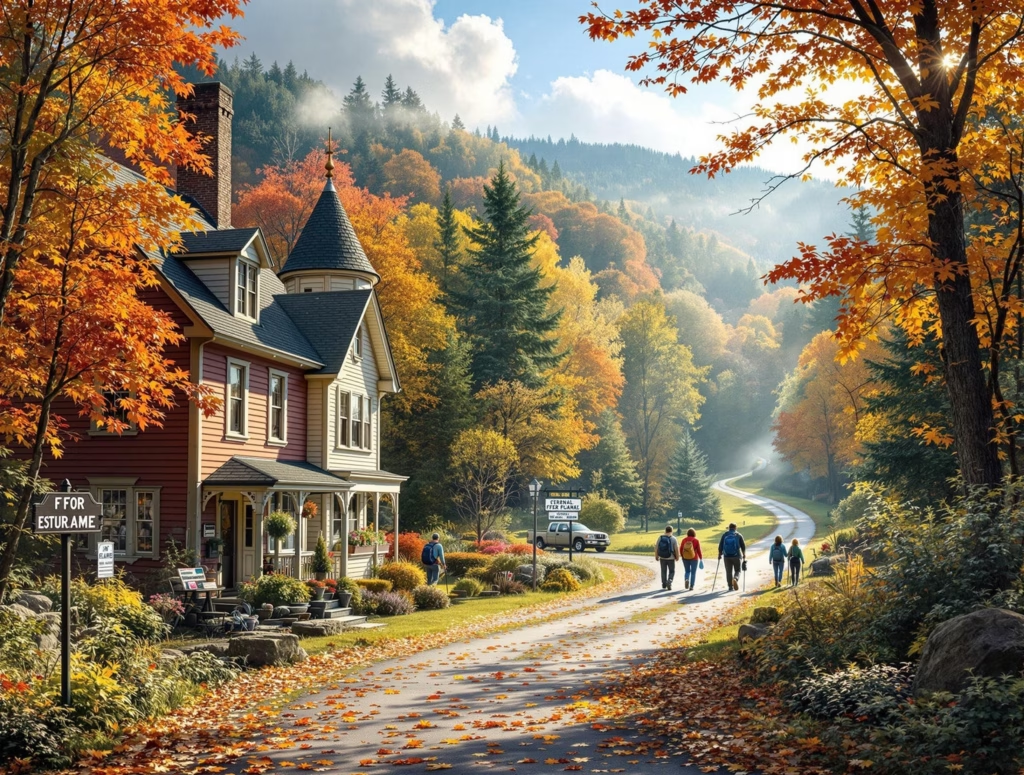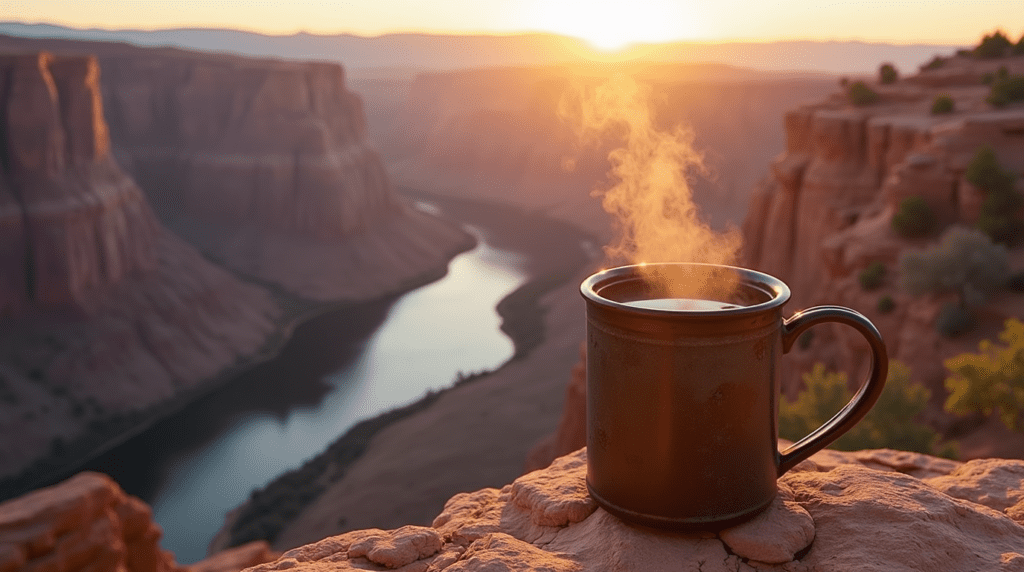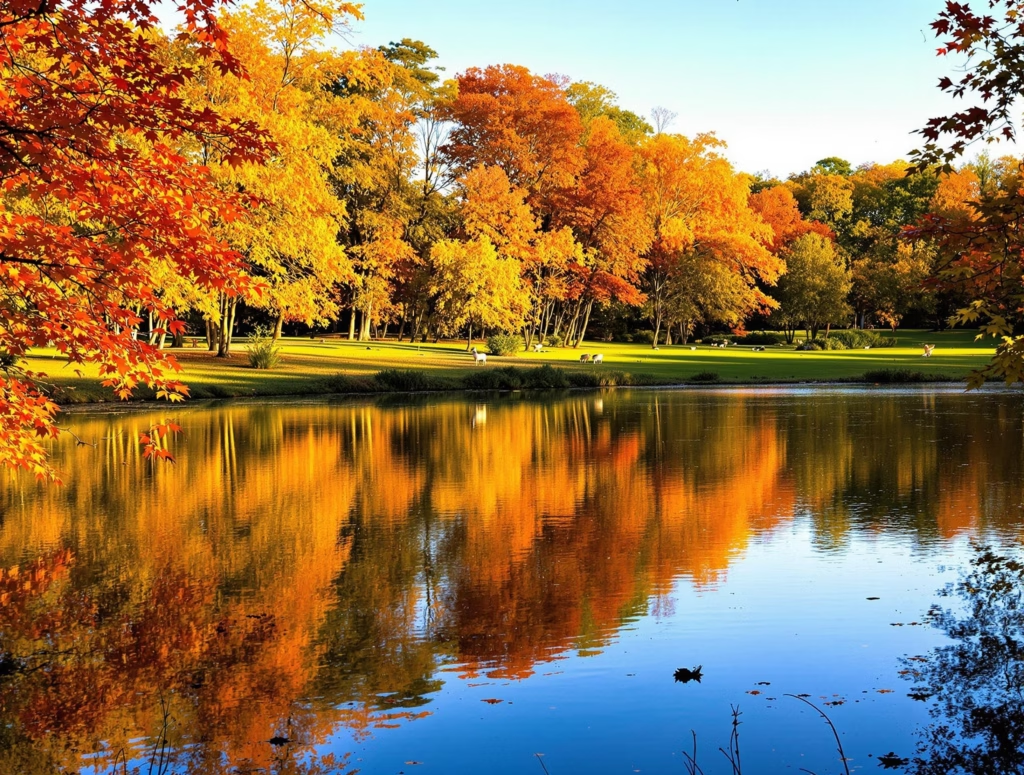Olympic National Park’s diverse ecosystems provide a sanctuary for majestic bald eagles year-round. From coastal cliffs to ancient rainforests, the park offers numerous opportunities to witness these impressive raptors in their natural habitat, with increased activity during salmon runs.
Key Takeaways:
- Olympic National Park is home to over 300 bird species, including year-round bald eagles
- Kalaloch and Ruby Beach are prime locations for eagle sightings
- Winter months and salmon runs offer increased chances of spotting eagles
- Bald eagles can spot prey up to 1 mile away
- Maintain a safe distance of 330 feet when observing eagles
Soaring Giants: The Majestic Eagles of Olympic National Park
Olympic National Park’s diverse ecosystems create a perfect habitat for a wide array of wildlife, including over 300 bird species. Among these, the bald eagle stands out as a year-round resident, with its population swelling during salmon runs. The park’s coastal ecosystem, marine habitat, temperate rainforest, freshwater habitat, and alpine areas all play crucial roles in supporting these magnificent birds.
Bald eagles are renowned for their exceptional eyesight, capable of spotting prey up to 1 mile away. This remarkable ability, combined with the park’s abundant food sources, makes Olympic National Park an ideal location for eagle enthusiasts and nature lovers alike.
Coastal Cliffs and Ancient Forests: Prime Eagle Habitats
For those eager to spot bald eagles, Kalaloch and Ruby Beach offer excellent viewing opportunities. These coastal areas provide perfect vantage points to observe eagles fishing along the shoreline or perched majestically in nearby trees. The combination of rocky cliffs and abundant marine life creates an ideal hunting ground for these skilled predators.
Venturing inland, the Hoh Rain Forest presents another unique habitat for eagle watching. This lush ecosystem receives up to 14 feet of rain annually, supporting a rich biodiversity. Some trees in this ancient forest are over 1,000 years old, providing sturdy nesting sites for eagles. The Hoh River, snaking through the forest, attracts eagles with its bountiful fish population.
Lake Crescent, with its crystal-clear waters reaching depths of 624 feet and visibility up to 60 feet, is another hotspot for eagle activity. The lake’s thriving ecosystem supports a variety of fish species, drawing eagles to its shores year-round.
Seasonal Spectacles: When and Where to Witness Eagle Activity
While bald eagles are present in Olympic National Park throughout the year, certain seasons offer enhanced viewing opportunities. The winter months typically provide increased chances of spotting these majestic birds, as they congregate near rivers and coastal areas during salmon runs.
Peak salmon runs, occurring from late summer to early winter, attract larger numbers of eagles to the park’s waterways. This period offers a spectacular chance to witness eagles in action, fishing and soaring in greater abundance than usual.
For those interested in observing breeding behavior, late winter to early spring marks the bald eagle breeding season. During this time, eagles become more active in nest-building and courtship displays.
Hurricane Ridge, standing at an impressive 5,242 feet, offers a unique vantage point for eagle watching. While open year-round, winter access may be limited. The high-altitude perspective can provide thrilling views of eagles soaring through the valleys below.
Responsible Eagle Watching: Tips for Ethical Observation
To ensure the well-being of these magnificent birds and preserve their natural behaviors, it’s crucial to practice responsible wildlife viewing. Use binoculars or spotting scopes for a closer look without disturbing the eagles. Maintain a safe distance of at least 330 feet (100 meters) to avoid causing stress or altering their behavior.
Ethical wildlife viewing practices are essential for the long-term conservation of eagle populations. By following these guidelines, visitors can enjoy the awe-inspiring sight of bald eagles while contributing to their protection.
Remember, responsible tourism plays a vital role in supporting conservation efforts. By respecting the eagles’ space and habitat, we ensure future generations can continue to marvel at these magnificent raptors in their natural environment.
Sources:
National Park Service
Audubon
Olympic Peninsula Audubon Society
Washington Department of Fish and Wildlife



